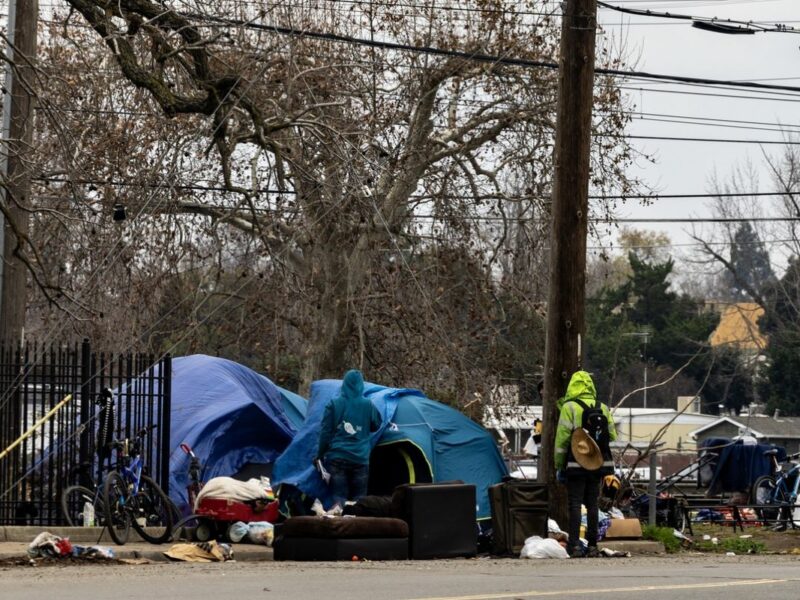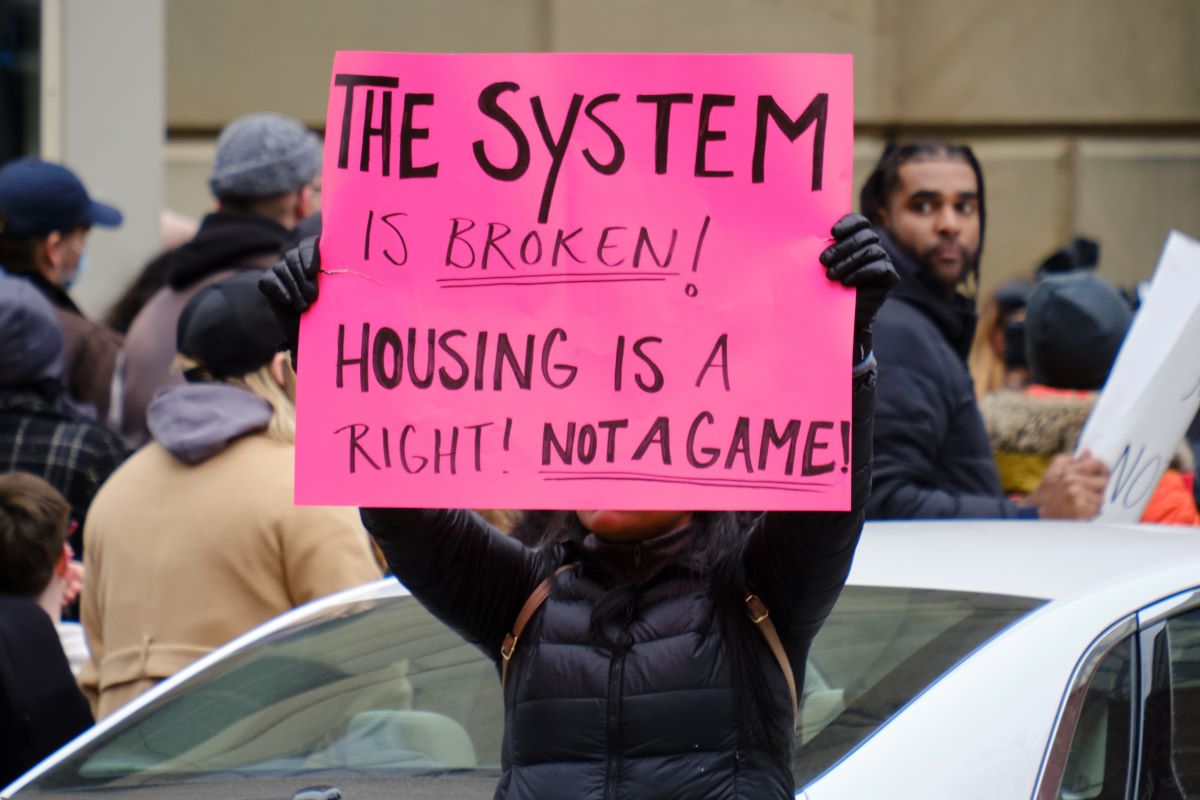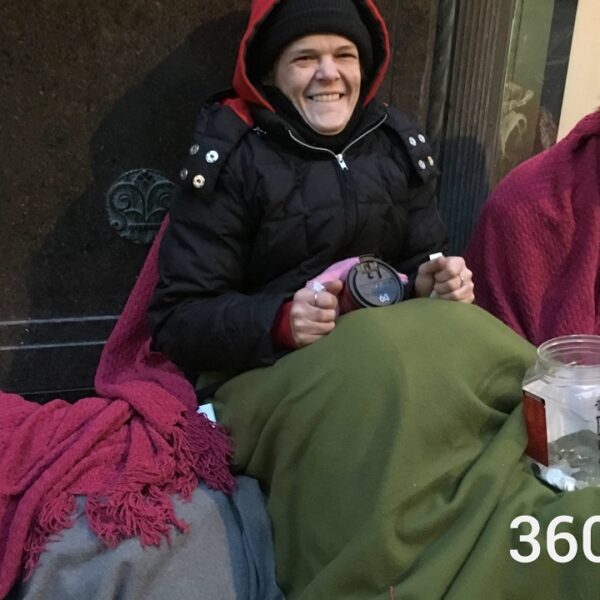The Protections That Tenants Need Leave a Gaping Hole for Landlords to Exploit
Rent control is supposed to solve the problem of rising rents that push long-term tenants out of homes they can no longer afford. And while it works that way for some, it doesn’t go far enough to prevent price hikes between tenants. This gives landlords a perverse incentive to kick people out as often as possible.
With a cap on rent increases for current tenants but no such limits for new tenants, landlords make a lot more money by evicting long-term tenants paying a discounted rate in favor of new ones paying full price and then some.
Sometimes, it’s even more profitable to let units sit empty until the market takes a turn, and they can lock in a new tenant at a higher rental price. Many landlords even opt to remove their units from the rental market entirely and convert them into high-cost owner-occupied housing that few can afford.
This is not the situation rent control measures hoped to produce.
Leave It to A Landlord to Find a Loophole
A 2019 study from researchers at Stanford University found that this problem was particularly visible in San Francisco. This policy loophole, known as vacancy decontrol, can effectively have the opposite of the intended effect if not controlled. This is what the study’s authors had to say on the subject:
One might expect neighborhoods with the largest increases in market prices and amenities would be ones where tenants would remain in their rent-controlled apartments the longest, since their outside options in the neighborhood would be especially expensive. However, for these same reasons, landlords in these high-rent, high-amenity neighborhoods would have large incentives to remove tenants.
They then could either reset rents to market rates with a new tenant or redevelop the building as condos or new construction, both of which are exempt from rent control. These landlord incentives would push rent control tenants out of the nicest neighborhoods. In fact, we find the landlords’ incentives appear to dominate.
And indeed, that’s what they’ve been doing. As a result, the average rent control tenant does not live in one of these highly desirable, high amenity neighborhoods but rather in areas where amenities, median household income, and median house value are all below average.
How Can They Just Evict Tenants?
There are several options available to landlords who want to legally evict tenants who have provided no cause for eviction, and plenty more options for those willing to do things illegally.
Legal no-fault evictions can be initiated through processes including:
- owner move-in evictions
- Ellis Act evictions
- paying tenants to move out
Less scrupulous tactics include withholding maintenance and making a tenant’s stay intolerable until they’re eventually pressured to move out.
Ellis Act evictions have proven particularly attractive for landlords wanting to cut their losses in the rental business and convert their former apartments into condominiums they can sell off, evicting all their former tenants in the process.
The major renovation evictions have also proven problematic as lower-cost housing units with rent control are pulled from the market and converted into higher-cost housing units that may be newly exempt from rent control ordinances.
All these factors combined lead to a general trend of rent becoming overall more expensive when rent control is introduced, at least in the example studied in San Francisco. Though rent control may still benefit individuals, it’s certainly not the systemic force it was meant to be in its current form.
Rent Control Has Benefits
If this loophole can be closed, tenants can enjoy the benefits of rent control without its unintended side effects.
The Stanford study also found that rent control was beneficial in keeping older people in their homes compared to their non-rent-control counterparts, who were pushed out of the city at a significantly higher rate. It also preserved the racial diversity in the city and gave people peace of mind about their financial futures.
With a modified rent control system, it may be possible to preserve these benefits while limiting the side effects that have caused rent control to become a double-edged sword for cities like San Francisco.
One idea is a government subsidy program or tax credit that directly provides rental relief to families without relying on landlords acting morally. If that sounds like a good idea, talk to your legislators to help it become a reality.
But we should also face the fact that unintended consequences like the ones we’re seeing here are almost inevitable when fighting an uphill battle like this. After all, the data still show that landlords are more likely to take their ball and go home – meaning take their properties out of the rental market entirely – rather than face the possibility of having to rent at a reasonable rate.
The root of the problem is that housing is viewed as a profitable commodity rather than a human right. As long as that remains the case, any band-aid we try to put on the problem will inevitably fall short.
In our societal system of enforced scarcity, the opportunity to make a little money will always lead some people to do inhumane things. Often out of greed, but too often also out of necessity and desperation. That won’t stop until we can ensure that everyone has their basic needs met.
In the end, the most effective rent control may be our communities controlling rent for themselves. We can decide how high the rent is, or if we even need to charge it at all, rather than having everything dictated to us at an ever-increasing rate by the handful of companies systematically buying up our country.













